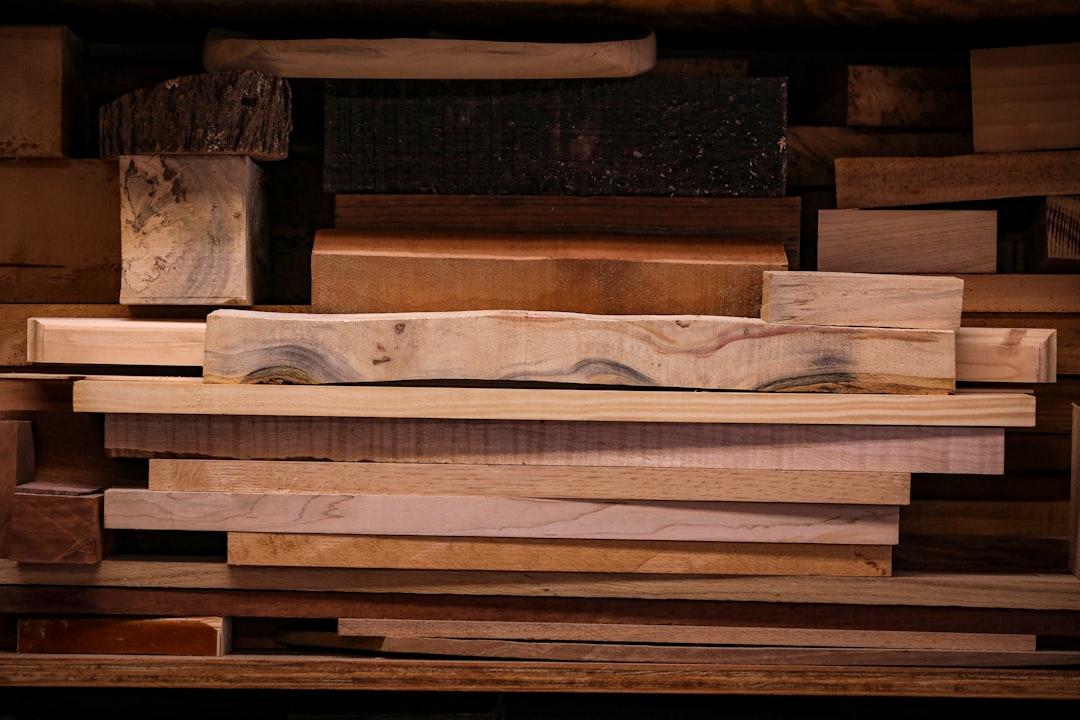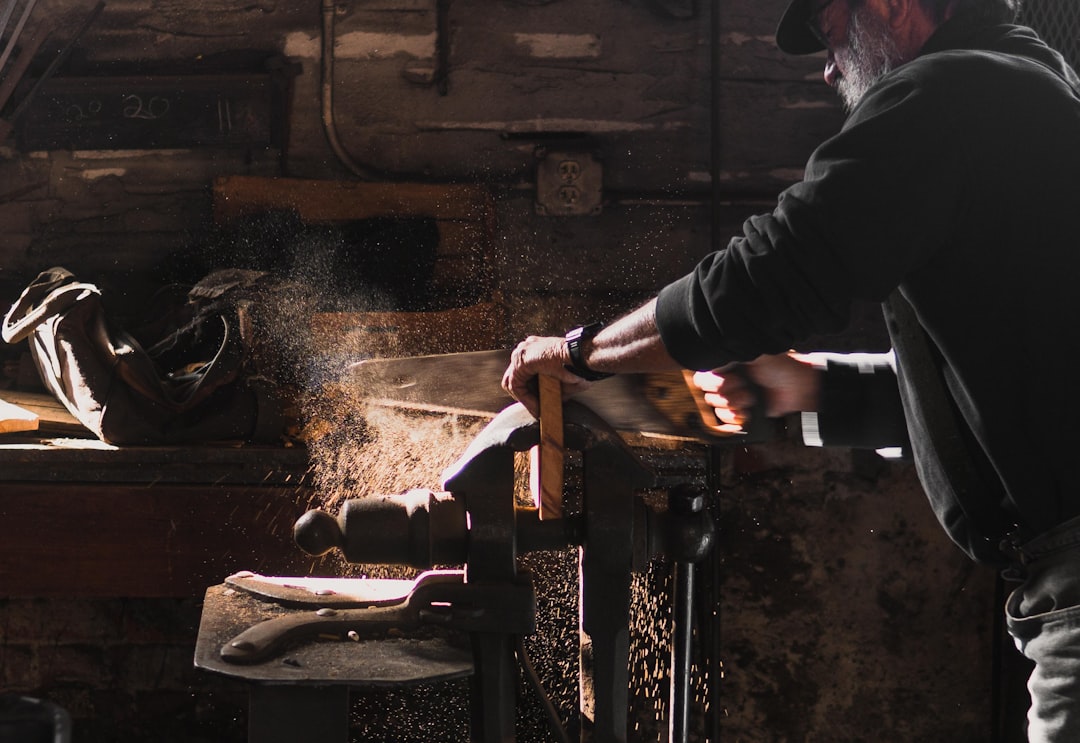If you’re looking for an easier way to make your home look more beautiful, rendering is your go-to solution. This external wall coating helps improve your property’s insulation and overall appearance. Here is a guide to rendering a house – from materials and preparation to the application process and post-rendering maintenance.
Materials Needed for House Rendering
There are several materials that you will need before beginning the rendering process. These include render mix, sand/cement, render adhesive, and plasticizers. Render mix is typically composed of cement, lime, and sand; it’s used as the base layer for external wall coatings. Sand/cement mix is used as an adhesive between layers of render mix; it helps keep the top layer in place while ensuring a solid bond with the substrate below. Finally, plasticizers are added to ensure that the render mixture is flexible enough when applied so that it won’t crack over time due to weather or other environmental factors.
Preparing Your Home for Wall Rendering
Once you have all of your necessary materials, you must prepare your home’s exterior walls accordingly before applying any render mixture. Make sure that any existing paintwork or plasterwork is completely removed from the wall before starting with the application process; this ensures that there are no imperfections on the surface before applying a new layer of rendering material. It’s also important to check for any cracks or holes in the wall surface – these should be filled in with appropriate fillers, such as cement or plaster, before applying any render mixture.
Applying Render Mix onto Walls
When it comes time to apply to render mix onto walls, start by wetting down both surfaces – this helps create an even stronger bond between them when they come into contact with one another. Next, use a hawk and trowel system or hand trowel (depending on how thickly you want your layer of rendered material) to evenly spread your chosen render mixture across the wall surface. Take care not to apply too much pressure while doing so — if you do this step correctly, you should achieve an even finish without having any imperfections on the surface once finished. Finally, once all areas have been covered evenly with rendered material, let it dry overnight before applying additional coats if desired (or required).
Conclusion:
Rendering a house can be tricky if done incorrectly, but following these steps should help make things easier for anyone who wants their home’s exterior walls coated properly! Start by gathering all necessary materials such as render mix, sand/cement mix, and plasticizers; then move on to preparing your home’s exterior walls accordingly before beginning the application process, which consists of wetting down both surfaces and then using either hawk and trowel system or hand trowel (depending on how thickly desired) evenly spreading out chosen render mixture across wall surface taking care not to apply too much pressure while doing so achieving even finish without having any imperfections on the surface once finished letting dry overnight before adding additional coats if desired (or required). With proper instructions and high-quality materials, rendering a house can be done easily and efficiently!









